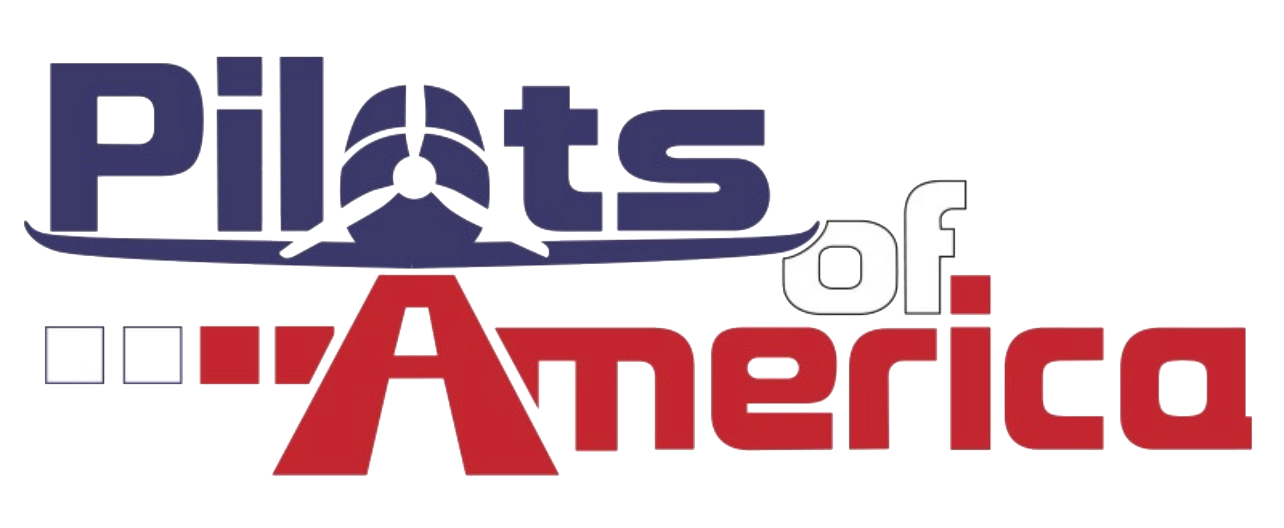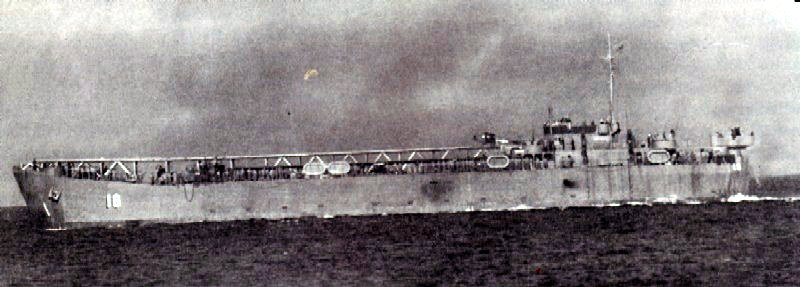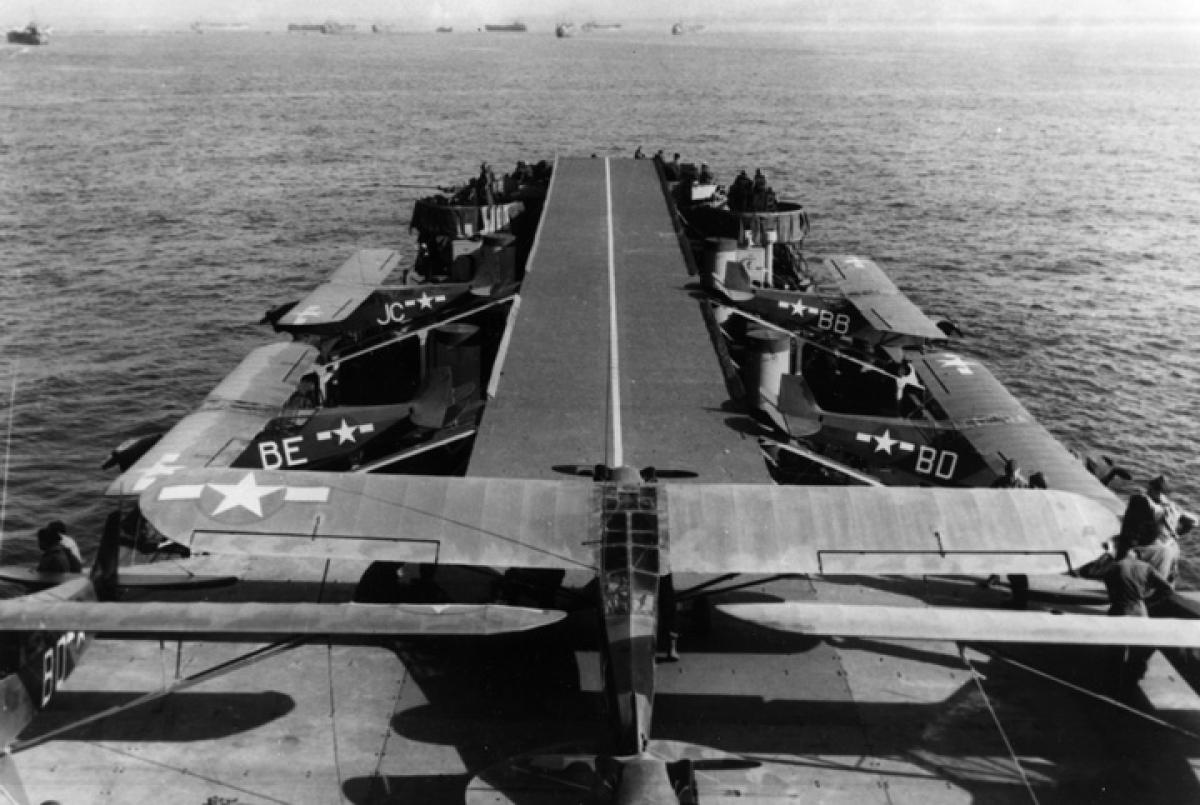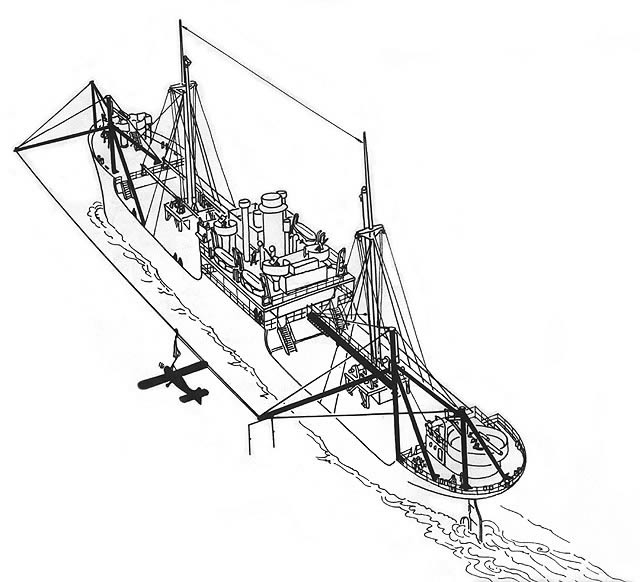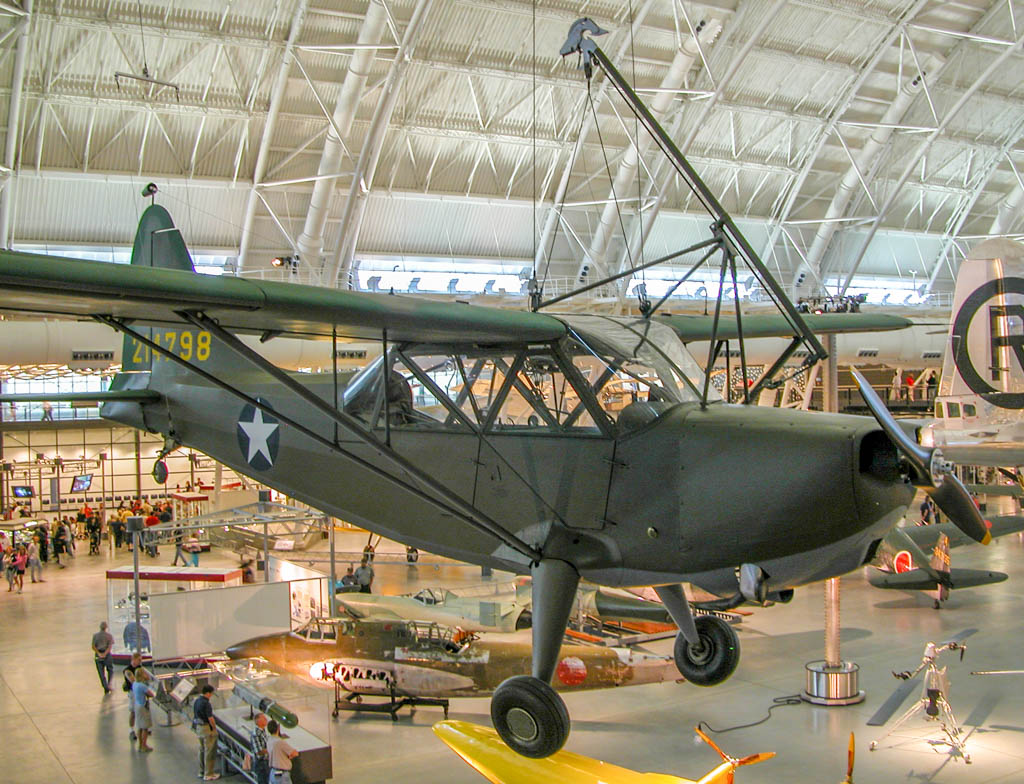Some more information - I did an aerospace education presentation for CAP a few years ago. The Brodie system was a response to a problem, but you need the history to understand why
Remember the tech at the time - there were no satellites, no GPS, and very little in the way of intel on enemy troop deployments. The response to this was to employ small scout aircraft, called L-Birds (liaison) or Grasshoppers to fly out over the battlefield and collect intel. Despite how crazy this sounds, it was not that dangerous because shooting at a scout was likely to miss, but would reveal your location and result in an artillery response. The grasshoppers were the little taildraggers that many people still love today.
L-1 Stinson Vigilant
L-2 Taylorcraft
L-3 Aeronca
L-4 Piper Cub
L-5 Stinson Sentinel
L-6 Interstate (small production run due to overheating problems)
The problem - when you're considering a land war, it's easy. You build a base with a short field and fly them out. But what about an invasion such as Italy or Pacific islands where you have no land for a base? The first response to this was to convert Navy LSTs to mini carriers
A solution, but with more problems - a) these are take off only, b) they can only carry like 12 airplanes, and c) you lose the LST as a cargo ship because you lose the cranes. Enter the Brodie system. By putting the trapeze wire along the side of the ship, you can still use it as a cargo ship and you can launch and recover airplane. The number of aircraft was still limited, but theoretically, you could have dozens of these available.
That's the backstory to the WHY of the Brodie system.
The Brodie system was used in WWII, it's not hypothetical. At Iwo Jima, scouts launched from a Brodie system identified a sea cave with a lot of activity. The Navy bombarded the cave and destroyed the sea entrance. It was later discovered to hold about 300 kamikaze speedboats, which were intended to ram into the stern of US ships and disable the rudders, leaving them easy targets for bombers.
